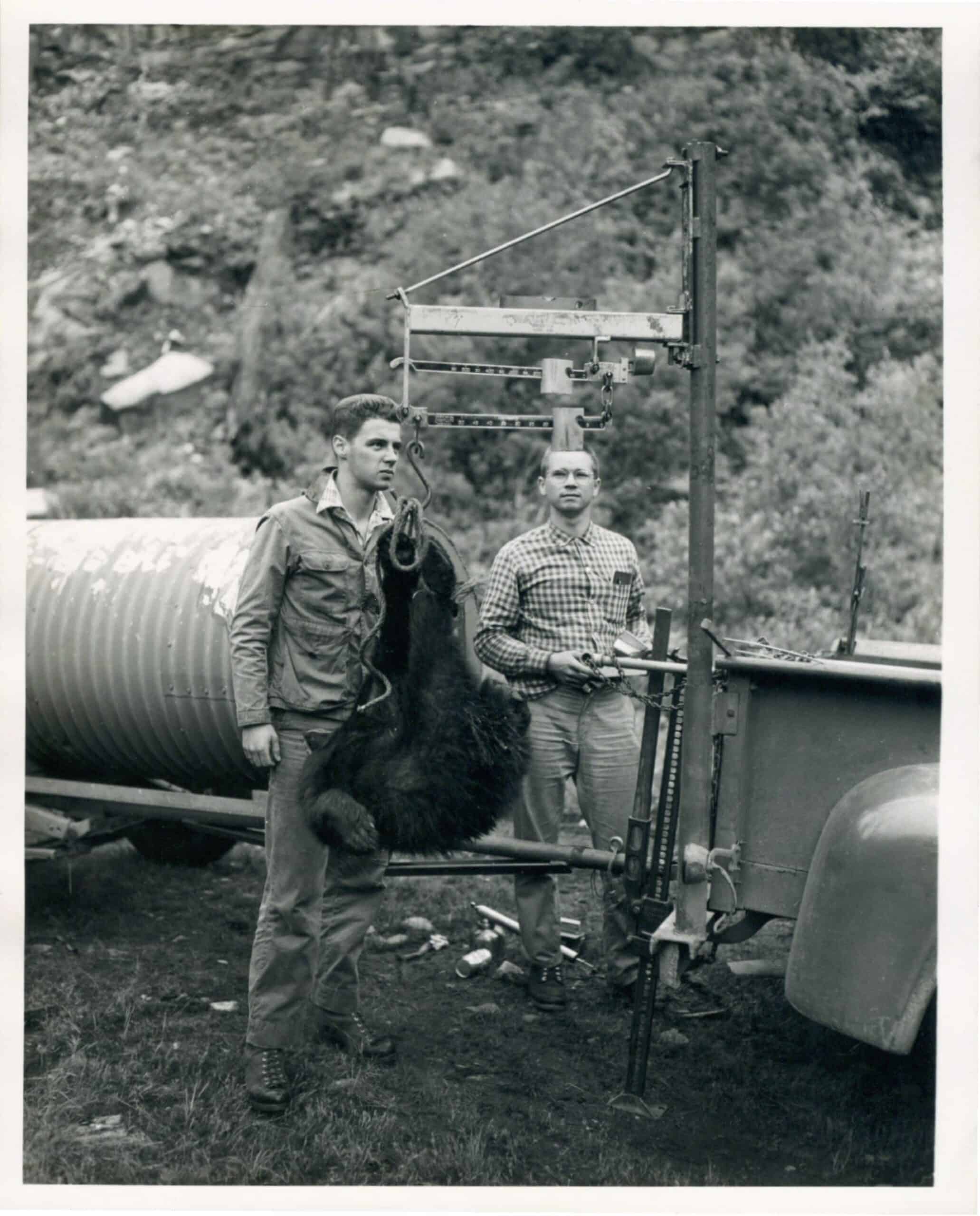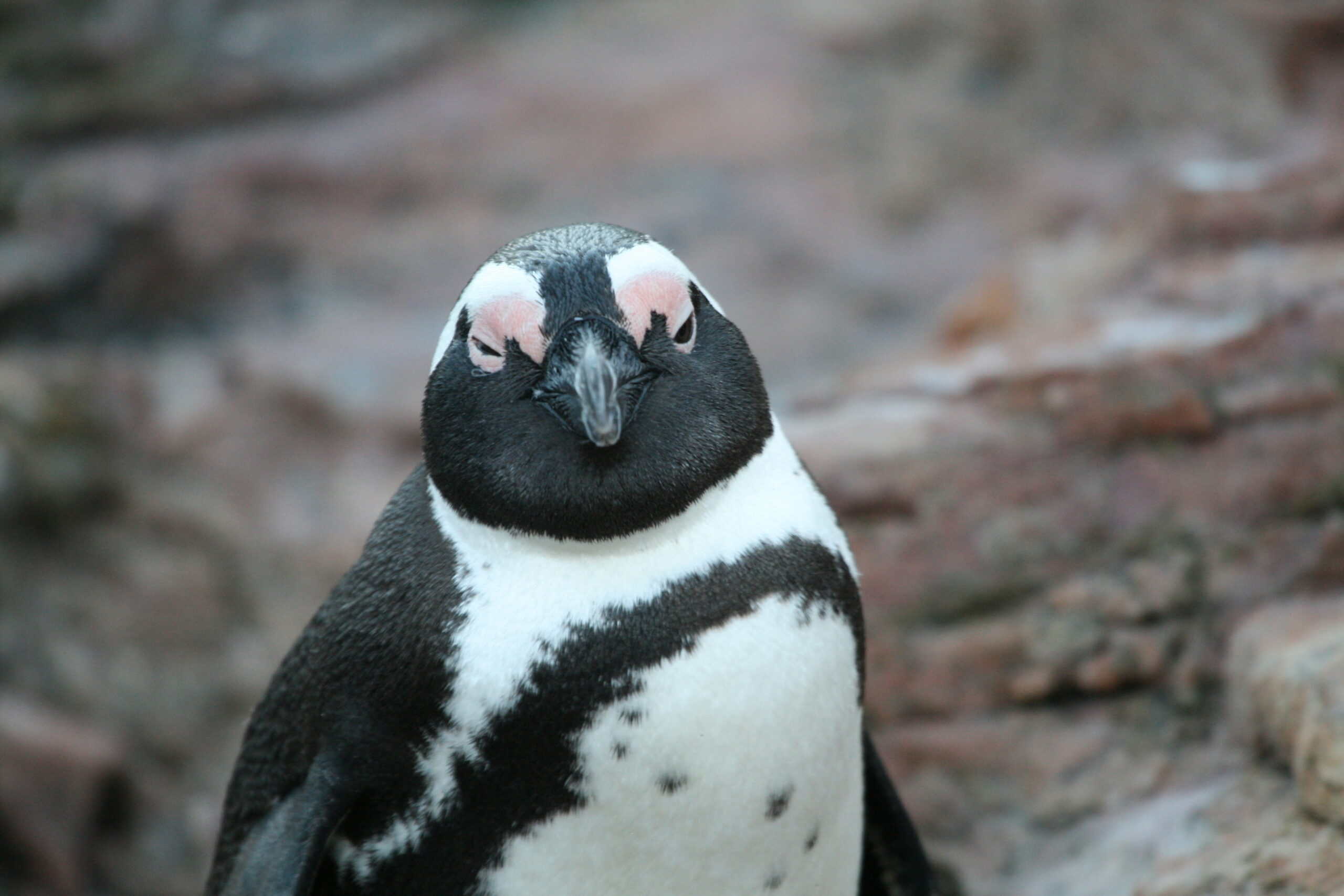Share this article
TWS2020: Herbivores, lions in South Africa exploit fire benefits
Prescribed fires in South Africa temporarily benefit herbivores and the lions that prey on them after burns, according to ongoing research.
“Our research shows that sometimes there can be community-level effects from burning or other management actions,” said TWS member Laura Gigliotti, a postdoctoral researcher at the University of California Berkeley.
Land managers have long used fire at the Mun-Ya-Wana Conservancy in South Africa as a way to recycle nutrients on the land and provide herbivores with nutritious food sources — the fresh grasses and other plants that grow after burns are filled with healthy minerals.
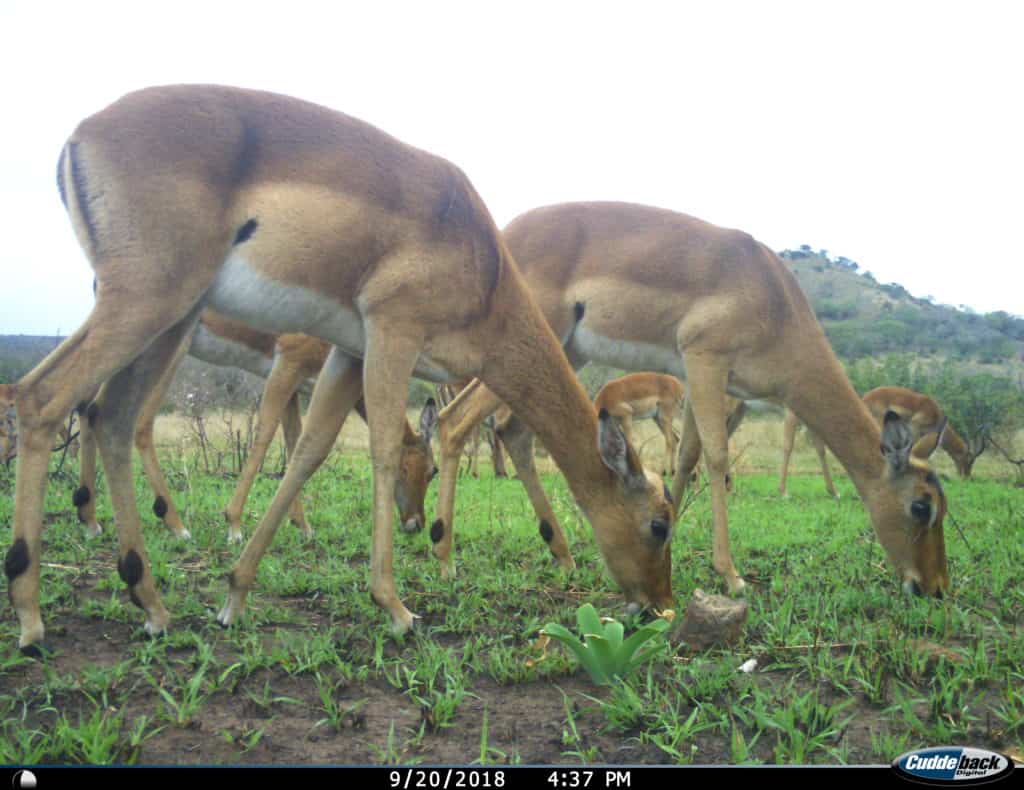
A herd of impalas feed on vegetation in a recently burned area in South Africa.
Credit: Laura Gigliotti
But Gigliotti, then a PhD student at Clemson University in South Carolina, and her colleagues wanted to see whether increased herbivores in recently burned areas drew in the carnivores that prey on them. In 2018, they placed trail cameras around the reserve about a month before the prescribed burns and left them up until about two months after the burns occurred. Then, they surveyed the animals’ use of the areas that burned, as well as areas that didn’t burn. They repeated their methods in 2019, placing trail cameras in the same areas of the reserve. Gigliotti and her colleagues presented the work at The Wildlife Society’s virtual 2020 Annual Conference.
They collected photos containing 48 species in total and confirmed that species like impala (Aepyceros melampus), blue wildebeest (Connochaetes taurinus) and zebra (Equus quagga) foraged in the burned areas.
“We found that, like we expected, a lot of the herbivore species were responding to the burns,” she said.
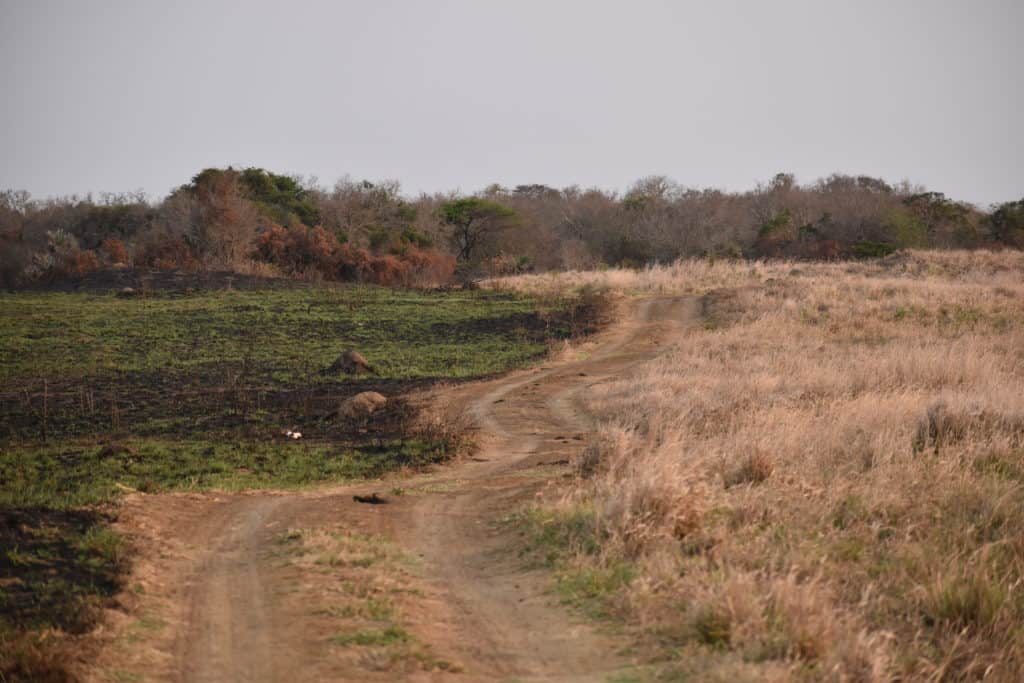
A road slices through recently burned habitat, on the left, and unburned habitat, on the right.
Credit: Laura Gigliotti
But hot on their tails came lions (Panthera leo) — the area’s apex predator. As some of their prey species increased their use of the burned areas, lions appeared to take advantage of the buffet, using the same areas more often after burns. Other smaller carnivores like side-striped jackals (Canis adustus) and honey badgers (Mellivora capensis) also made use of these areas more often after burns.
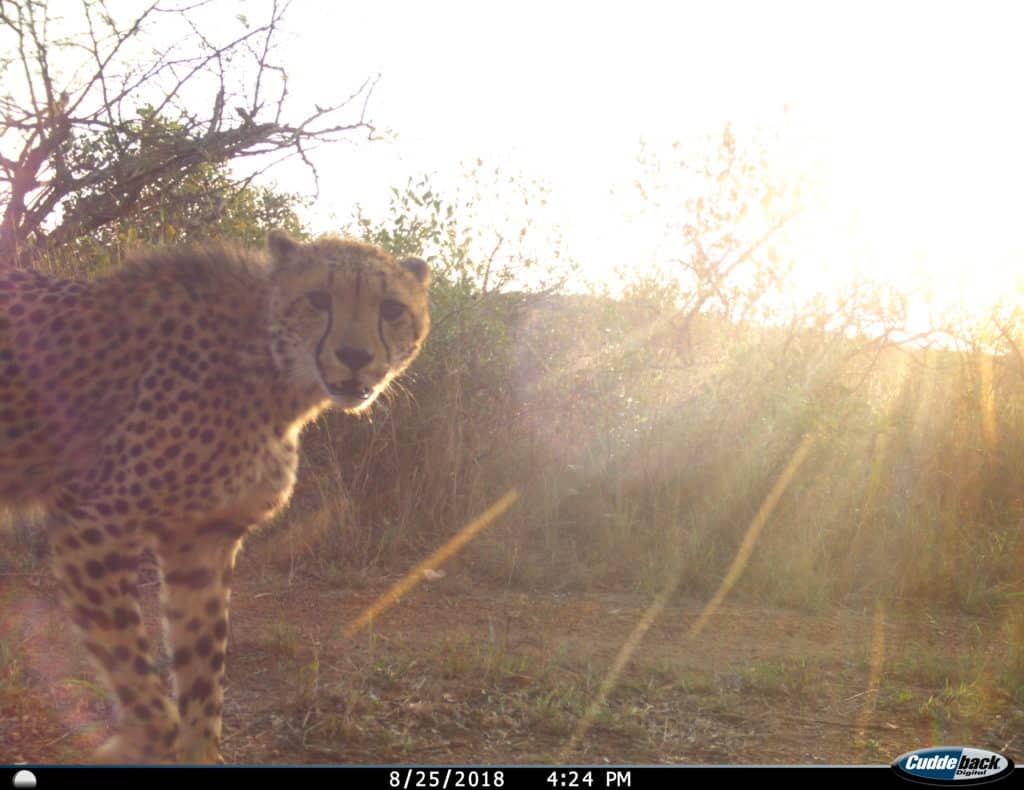
Cheetahs and other smaller predators did not increase their use of burned areas.
Credit: Laura Gigliotti
But the researchers were surprised that some other secondary predators didn’t take advantage of the large numbers of prey. Cheetahs (Acinonyx jubatus), servals (Leptailurus serval), leopards (Panthera pardus) and spotted hyenas (Crocuta crocuta) didn’t increase their use of these burn areas despite the fact that they also preyed on many of the herbivores present.
The researchers think it’s possible that the lions are outcompeting the smaller predators in these areas.
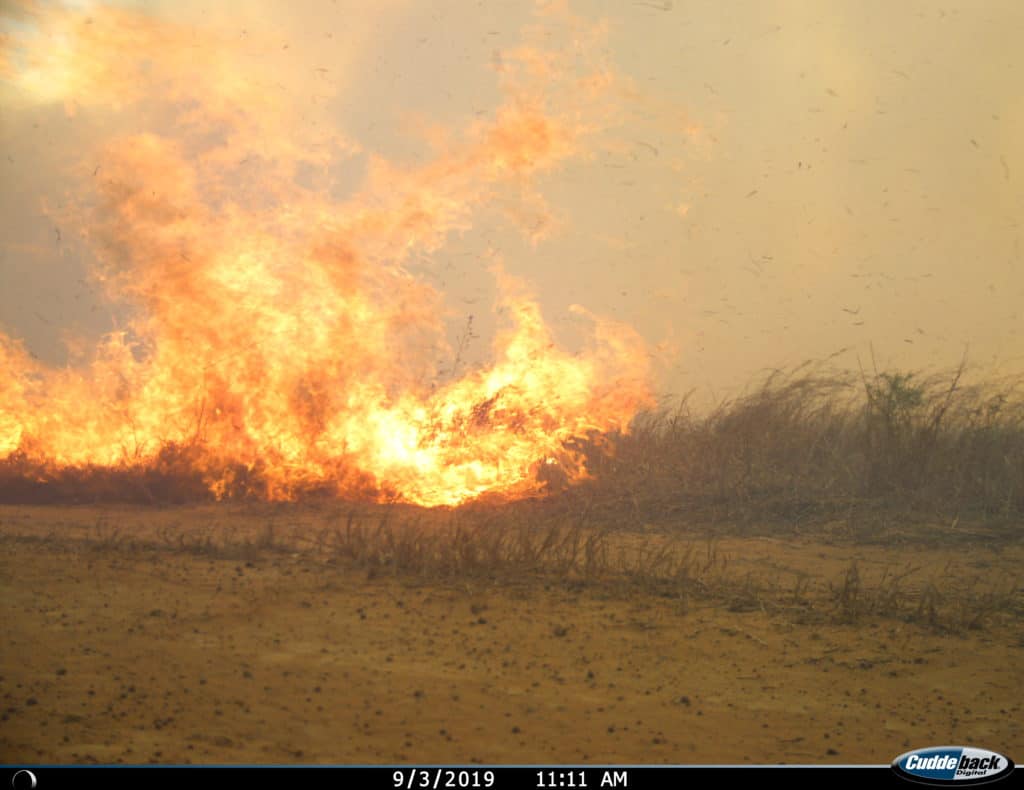
A fire moves through the African savanna. Credit: Laura Gigliotti
Gigliotti and her colleagues also looked back at burned areas from 2018 one year after the initial burn to see if prescribed fires had any long-term effects on the animals, but they found species’ use of burned area had returned to normal pre-burn levels by this point.
“Overall, the way that species respond to these changes is temporary,” she said.
Gigliotti said studies like this show that land management techniques can have a number of cascading effects on wildlife and that it’s important to look at a variety of species when considering the effects of prescribed burns.
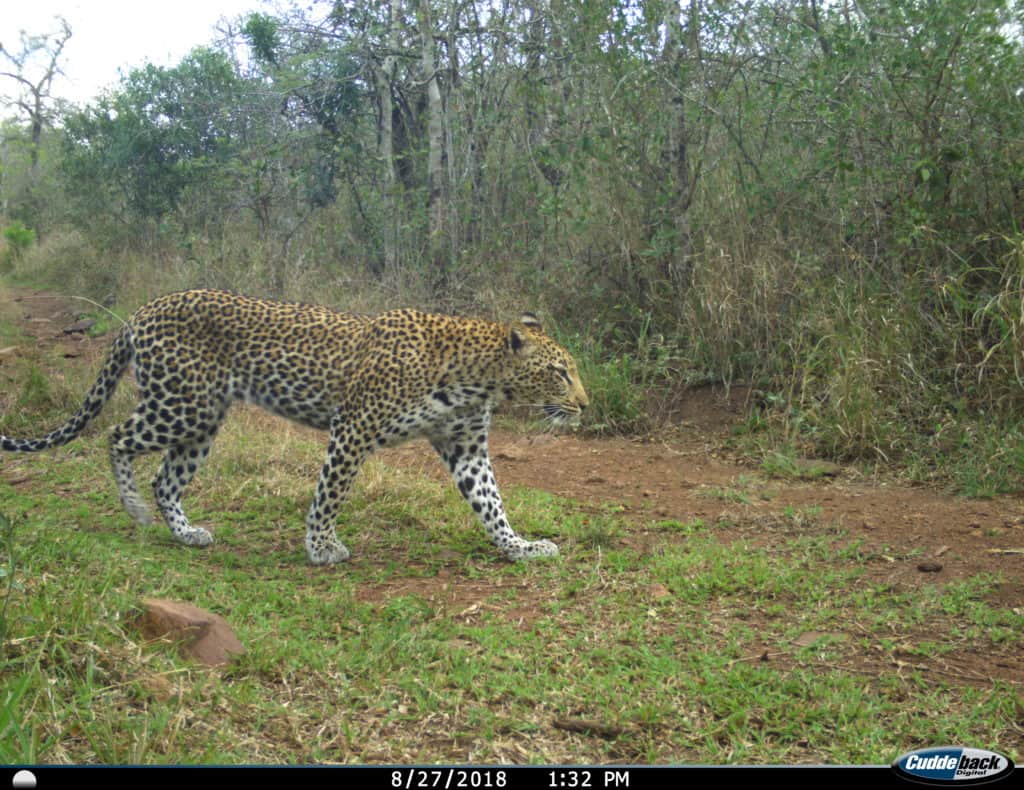
Leopards didn’t take advantage of increased prey in recently burned areas. Credit: Laura Gigliotti
This research was presented at TWS’ 2020 Virtual Conference. Conference attendees can continue to visit the virtual conference and review Jones’ paper for six months following the live event. Click here to learn about how to take part in upcoming conferences.
Header Image: Lions take advantage of recently burned areas due to an increase in prey. Credit: Laura Gigliotti






